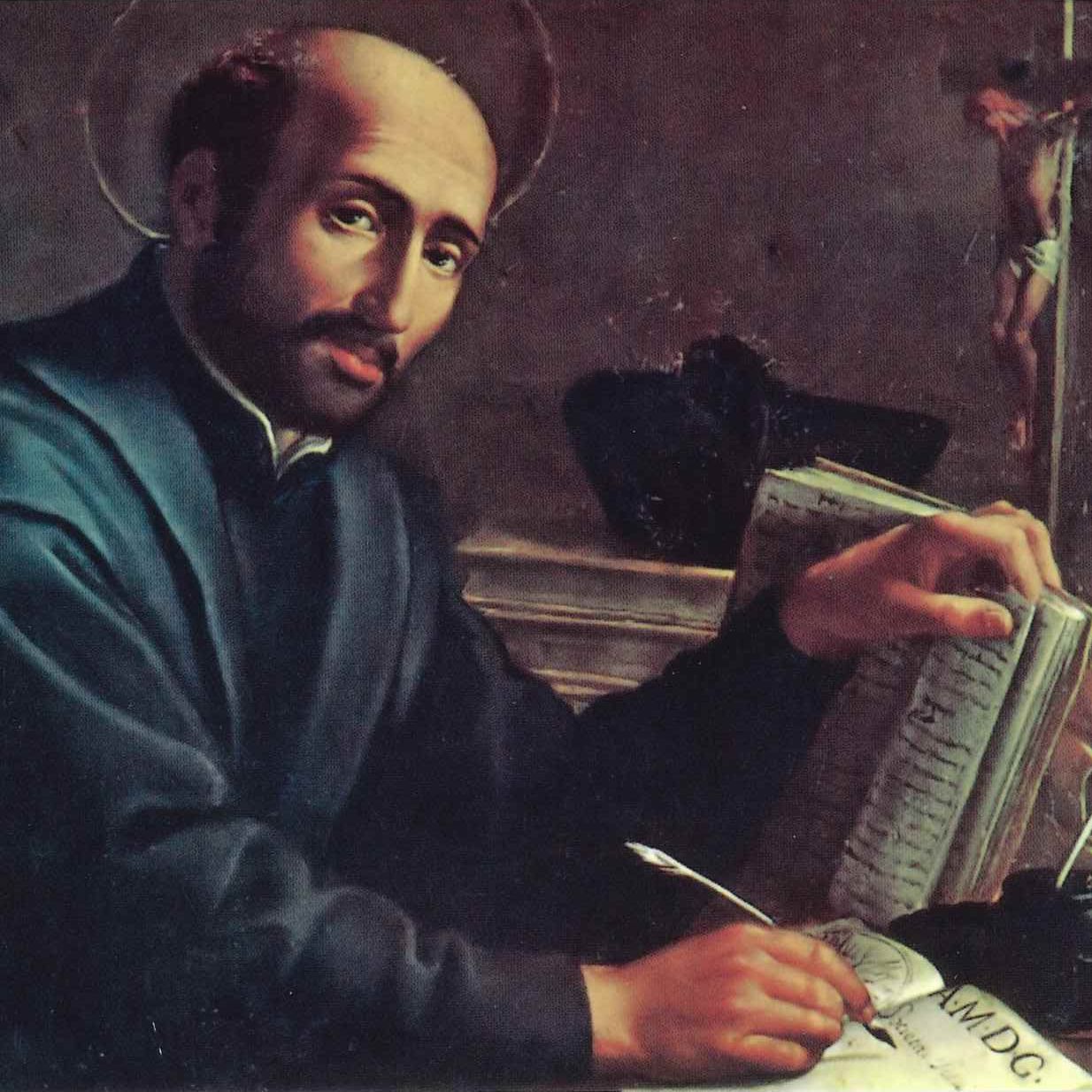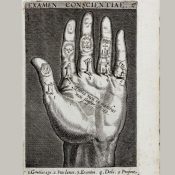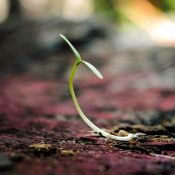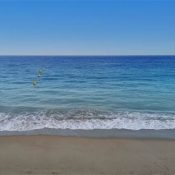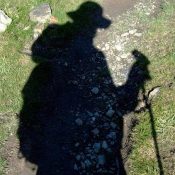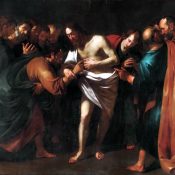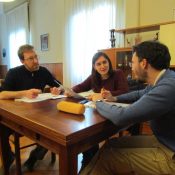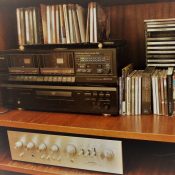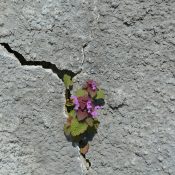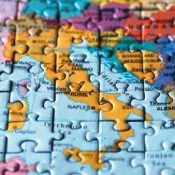March 2022: in a Jesuit novitiate, it is time for anniversaries. In March 1522 the young Íñigo López de Loyola, still at the beginning of his spiritual journey, was on his way to the Marian monastery of Montserrat and from there to Manresa. Then the memory goes to March 12th, 1622, the day on which Ignatius and Francis Xavier were proclaimed saints by Pope Gregory XV, together with Teresa of Ávila, Philip Neri and Isidore the Farmer… No, don’t worry: in the Novitiate we don’t study names and dates with anxiety about future exams! Only in order to travel through the pages of the Autobiography of St Ignatius of Loyola, the pilgrim, as he liked to call himself.
The story begins with the war wound of Pamplona; it goes through the convalescence in Loyola, the ten decisive months spent in Manresa, the pilgrimage to Jerusalem, the periods of study in Barcelona, Alcalá de Henares, Salamanca, the long years of “gestation” of the Society of Jesus in Paris. Then, after leaving France, the return to his native land, the reunion with his Parisian companions in Venice, the months spent with St Peter Favre and James Laínez in Vicenza, until the final journey, to Rome, where he would spend the last 18 years of his life.
The pilgrim stops, he who had covered thousands of kilometers on foot, alone or together with those who had joined him along the way. While Francis Xavier was already on a missionary journey to announce the Gospel in distant lands, from India to Japan to the gates of China, Ignatius remained in Rome, directing the new religious order approved in 1540 by Pope Paul III. However, the pilgrim’s movement was not interrupted, but turned into an inner journey, always in search of God’s will, through prayer, reading of the signs of reality, to give shape to the new Order.
Seen in this light, the Autobiography does not lose the charm that attracts all fans of travel books, but it reveals itself in its deepest nature: that of the story of the life of a man who let himself be met by God, fell in love with Him, set himself in motion and sought his own way to realize a life project with Him.
There is therefore a gradualness, lived as a journey, which for us represents a source of hope, and an invitation to look to our own future with an attitude of authentic openness to God’s surprises, of which a first strong experience was the Month of Spiritual Exercises (see the article “The heart of the artichoke” by A. Di Mauro, from this site).
In this way, turning our attention to a man who lived five centuries ago does not mean turning our gaze away from the sufferings and tragedies of the present world: retracing the steps of St Ignatius does not aim to flee from today’s news of war and destruction, but to discover in those steps the perennial treasure of the charism of discernment, which can help all of us to do God’s will in our time, in the reality that surrounds us. Because wanting God’s will to be fulfilled in the whole human family, saying a full “yes!” to that project of love according to which “one nation shall not raise the sword against another, nor shall they train for war again” (Isaiah 2:4), means also and above all choosing to start with each one of us, opening ourselves with trust to seek, deepen, dialogue, live reality as it presents itself, so as to be able to find God’s will in and for our lives.
